Detection of quantitative trait loci for mineral content of Nelore longissimus dorsi muscle
- PMID: 25880074
- PMCID: PMC4355494
- DOI: 10.1186/s12711-014-0083-3
Detection of quantitative trait loci for mineral content of Nelore longissimus dorsi muscle
Abstract
Background: Beef cattle require dietary minerals for optimal health, production and reproduction. Concentrations of minerals in tissues are at least partly genetically determined. Mapping genomic regions that affect the mineral content of bovine longissimus dorsi muscle can contribute to the identification of genes that control mineral balance, transportation, absorption and excretion and that could be associated to metabolic disorders.
Methods: We applied a genome-wide association strategy and genotyped 373 Nelore steers from 34 half-sib families with the Illumina BovineHD BeadChip. Genome-wide association analysis was performed for mineral content of longissimus dorsi muscle using a Bayesian approach implemented in the GenSel software.
Results: Muscle mineral content in Bos indicus cattle was moderately heritable, with estimates ranging from 0.29 to 0.36. Our results suggest that variation in mineral content is influenced by numerous small-effect QTL (quantitative trait loci) but a large-effect QTL that explained 6.5% of the additive genetic variance in iron content was detected at 72 Mb on bovine chromosome 12. Most of the candidate genes present in the QTL regions for mineral content were involved in signal transduction, signaling pathways via integral (also called intrinsic) membrane proteins, transcription regulation or metal ion binding.
Conclusions: This study identified QTL and candidate genes that affect the mineral content of skeletal muscle. Our findings provide the first step towards understanding the molecular basis of mineral balance in bovine muscle and can also serve as a basis for the study of mineral balance in other organisms.
Figures
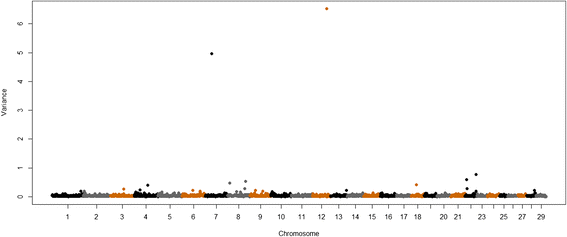
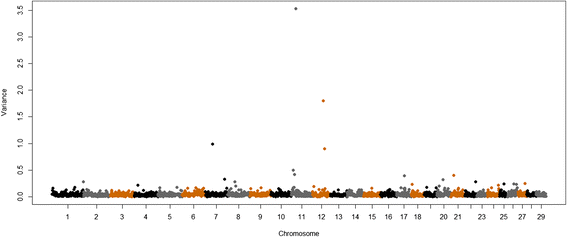
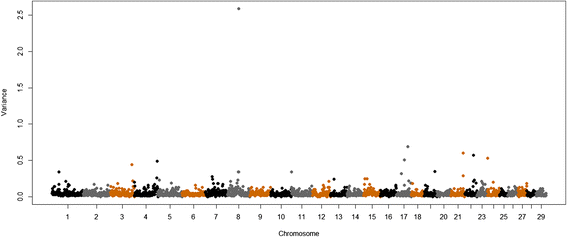
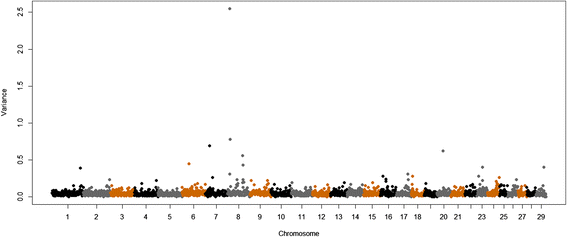
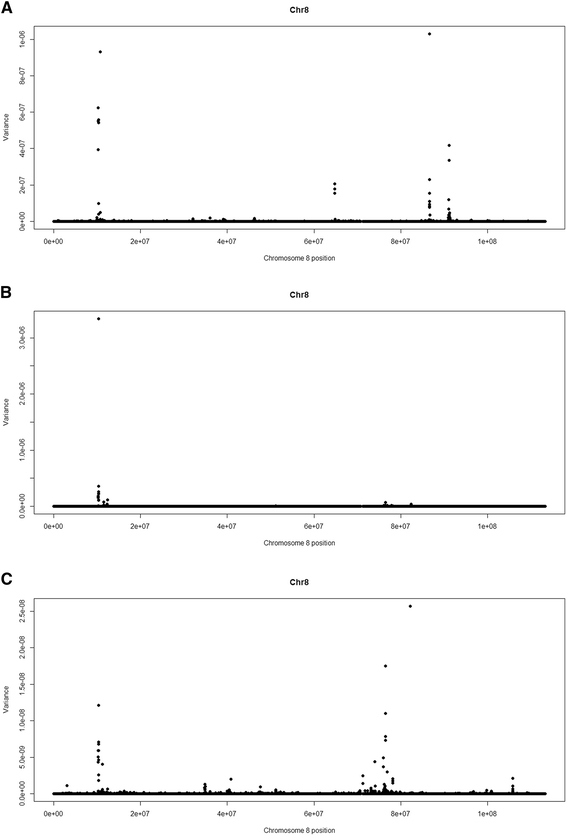
References
-
- Pogge DJ, Lonergan SM, Hansen SL. Influence of supplementing vitamin C to yearling steers fed a high sulfur diet during the finishing period on meat color, tenderness and protein degradation, and fatty acid profile of the longissimus muscle. Meat Sci. 2014;97:419–27. doi: 10.1016/j.meatsci.2014.02.016. - DOI - PubMed
-
- Page BT, Casas E, Heaton MP, Cullen NG, Hyndman DL, Morris CA, et al. Evaluation of single-nucleotide polymorphisms in CAPN1 for association with meat tenderness in cattle. J Anim Sci. 2002;80:3077–85. - PubMed
Publication types
MeSH terms
Substances
LinkOut - more resources
Full Text Sources
Other Literature Sources
Medical
Miscellaneous

